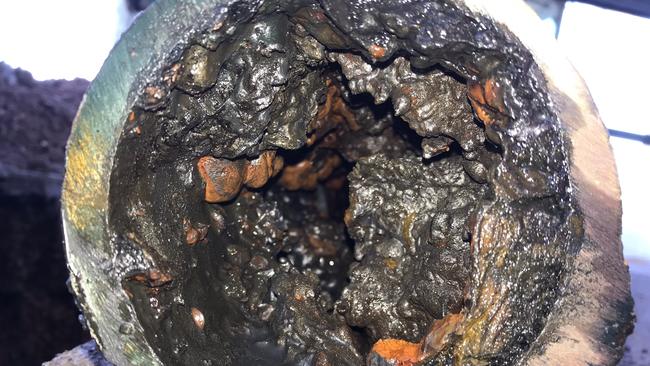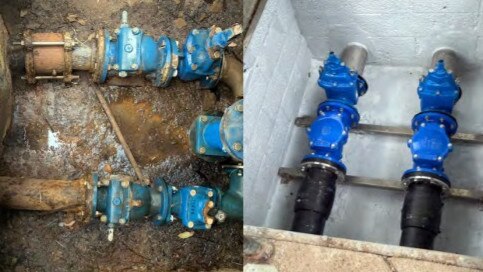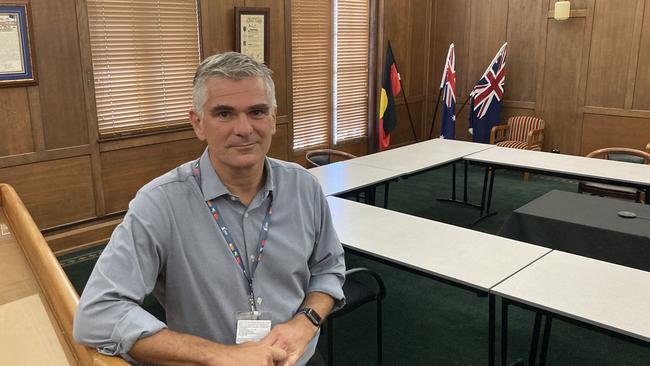Gympie water supply at risk of failing within one year
Water woes flow throughout the supply network as piping problems and rapidly deteriorating waste treatment plants put the council at risk of failing to comply with service and regulatory standards

Gympie
Don't miss out on the headlines from Gympie. Followed categories will be added to My News.
Key parts of Gympie’s water supply network are at risk of failing, some within the year, unless urgent, expensive maintenance is undertaken, an internal review by the council has revealed.
The review of the region’s water supply services, carried out by the council’s staff, revealed the Gympie’s main water treatment plant risked being rendered inoperable within one year due to poor maintenance, which had actively sped up its deterioration and that of the entire water supply network.
This puts the council at risk of failing to comply with service and regulatory standards.
Infrastructure Services director Jim Grayson said the treatment plant was an old plant that “has suffered from low levels of preventive maintenance in recent years”.
The plant’s design left “little room for error”, he said.
Because of this, Mr Grayson said any asset failures “could reasonably be expected to render the plant inoperable” and cut residents’ water supply off, possibly for more than a day.

The same fate awaited the city’s wider pipe network which had suffered due to “a lack of expenditure and resourcing around preventive maintenance”, Mr Grayson said.
Left unfixed, the region’s wider pipe network and ability to supply water to homes risked failing within five years, the review found.
It is a similar story in the Mary Valley.
Its water treatment plants levels were found to be “stressed”, and the Valley’s wastewater plant was at risk of failing in less than five years – and would have a negative impact on the environment when it did.
Mr Grayson said the plants had not been designed to handle the high levels of cloudy water the Mary Valley was prone to.

Because of this, water from Gympie’s treatment plant had been trucked in to help supply, a system the Amamoor and Kandanga plants relied on “extensively”.
Which created another risk.
“In times of extended flooding where these facilities could not be physically accessed, they would not be capable (at present) of remote operation,” Mr Grayson said.
Without upgrades, the council’s plants were not expected to remain compliant with service and regulatory standards.
Mr Grayson said the council was working on contingency plans to fix these issues and mitigate the risks, a process identified within this week’s budget.
Unfortunately, solutions would be cheap, a factor that contributed to this year’s controversial average rate rise of 3.22 per cent.
“Council is now future planning and placing aside cash resources for the basic services that residents have a right to expect, such as water when they turn on the tap,” the budget document states.
“The rate increase is to support this work and ensure it will be delivered.”




